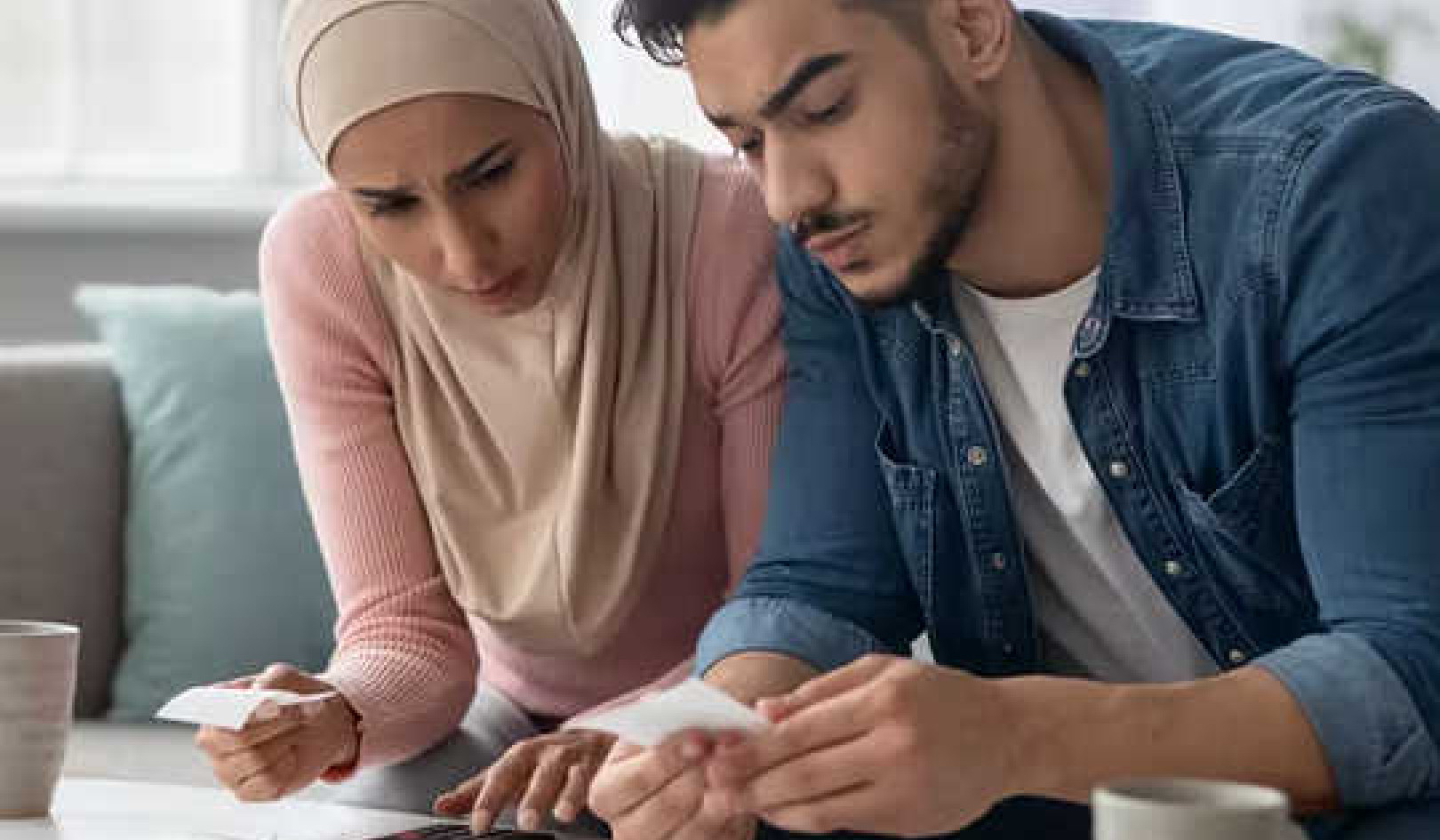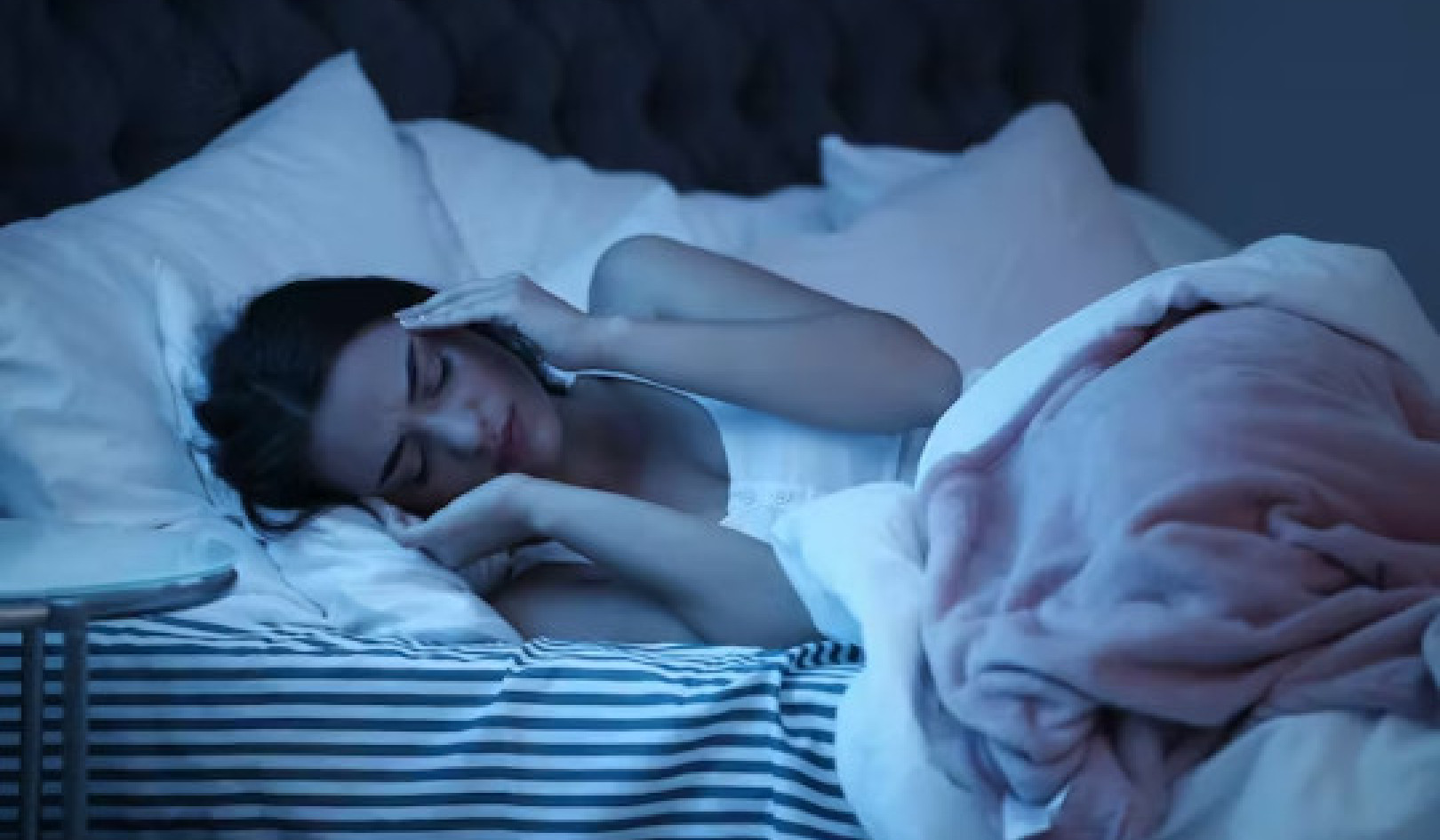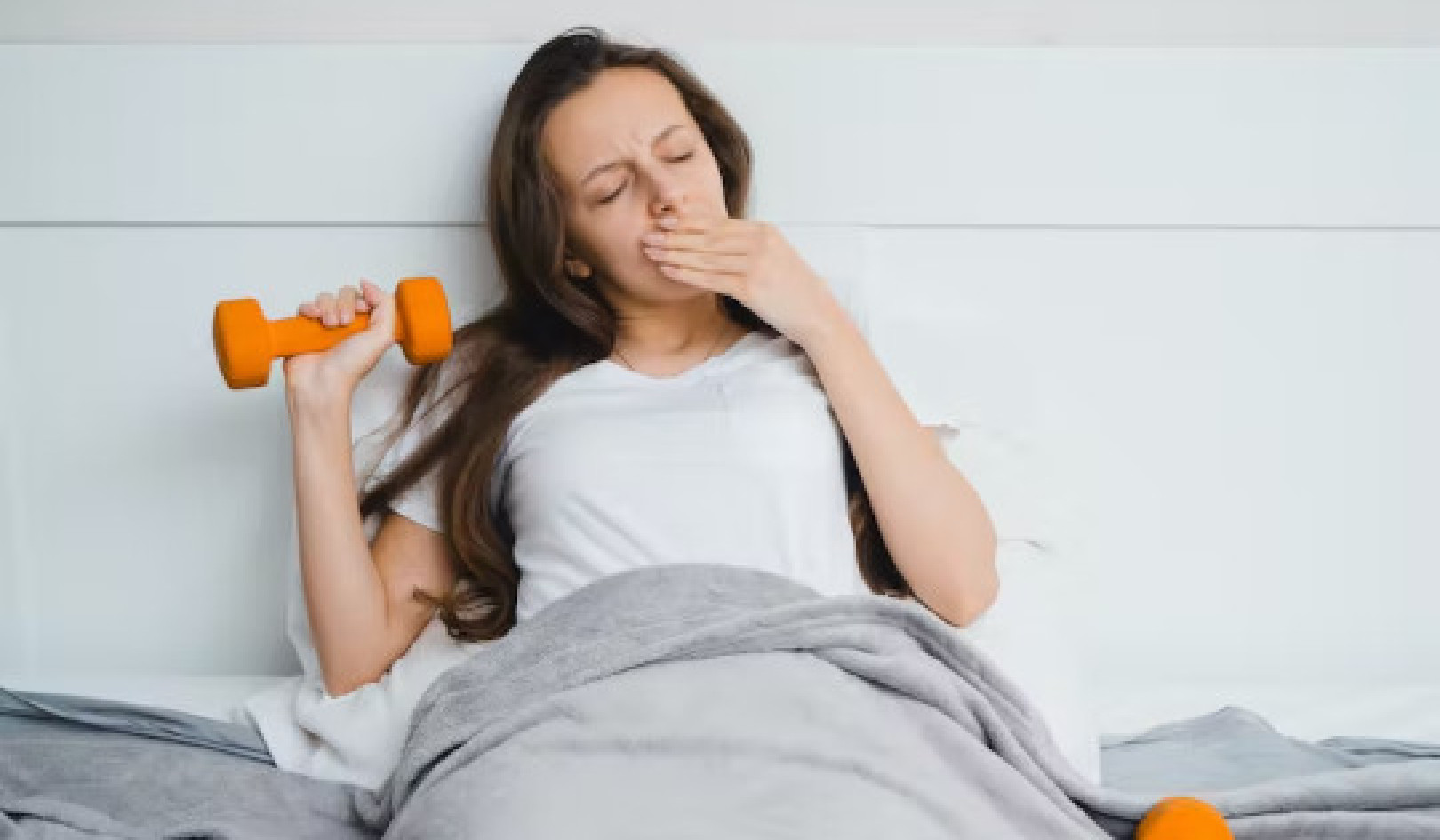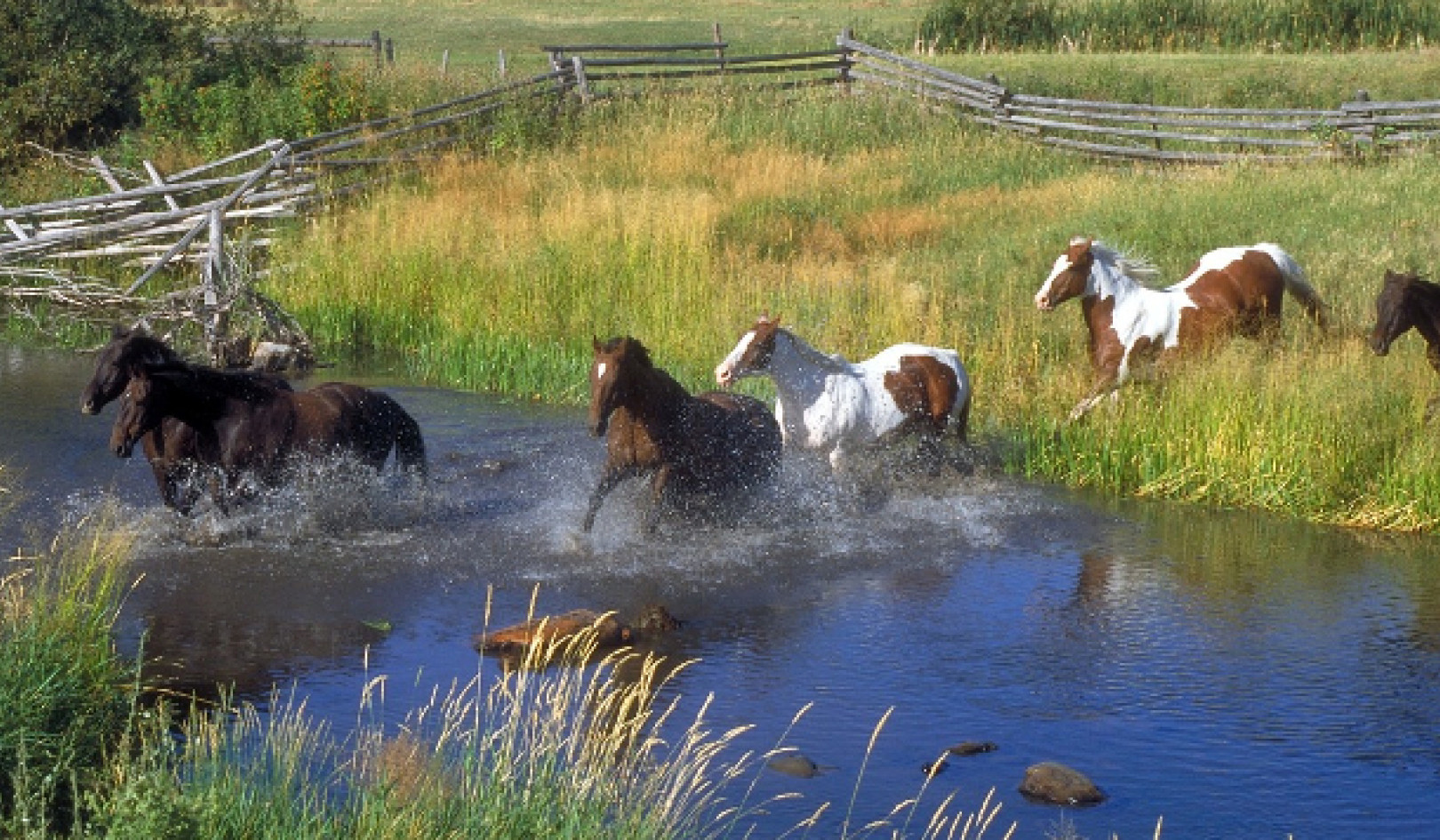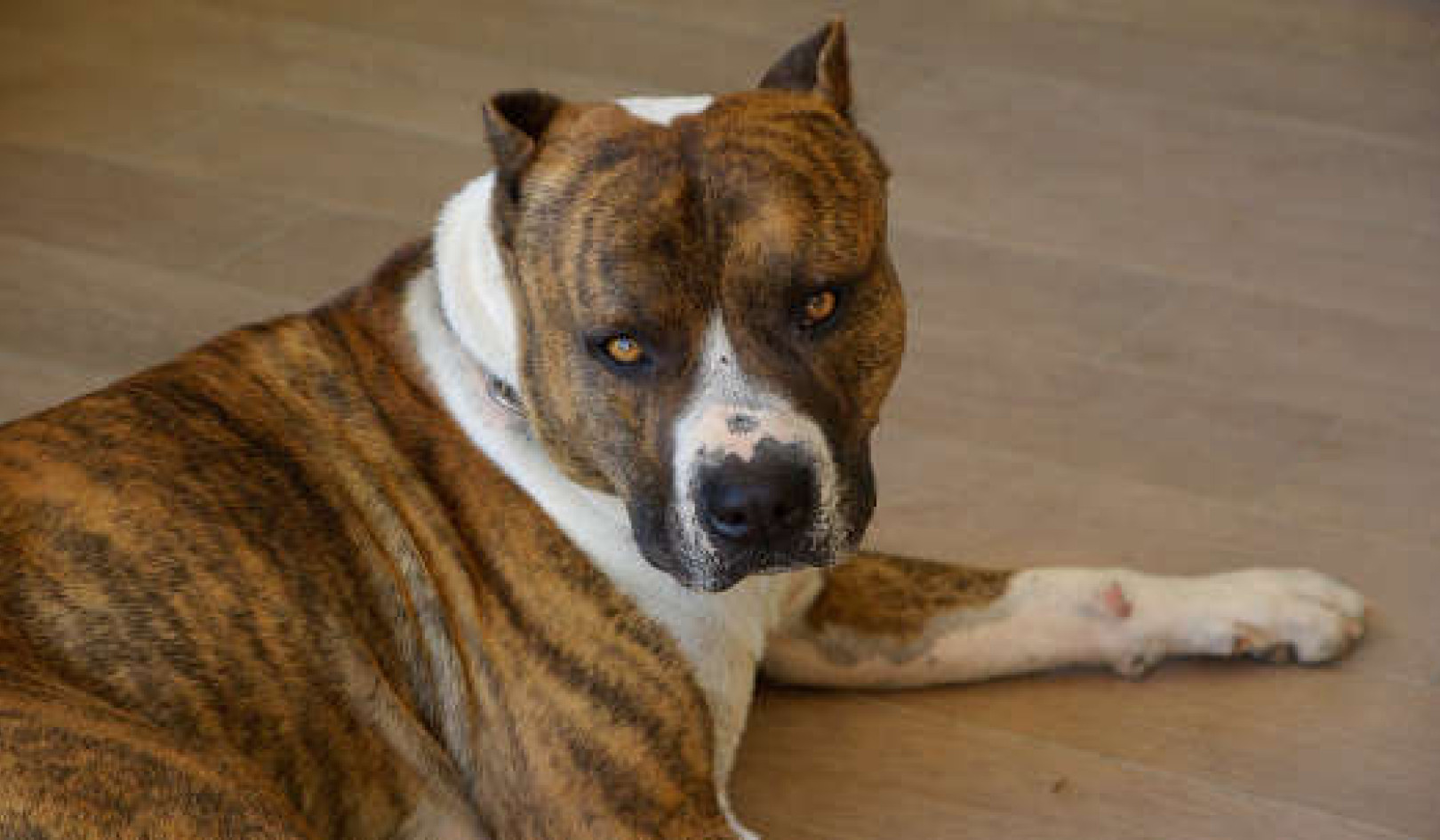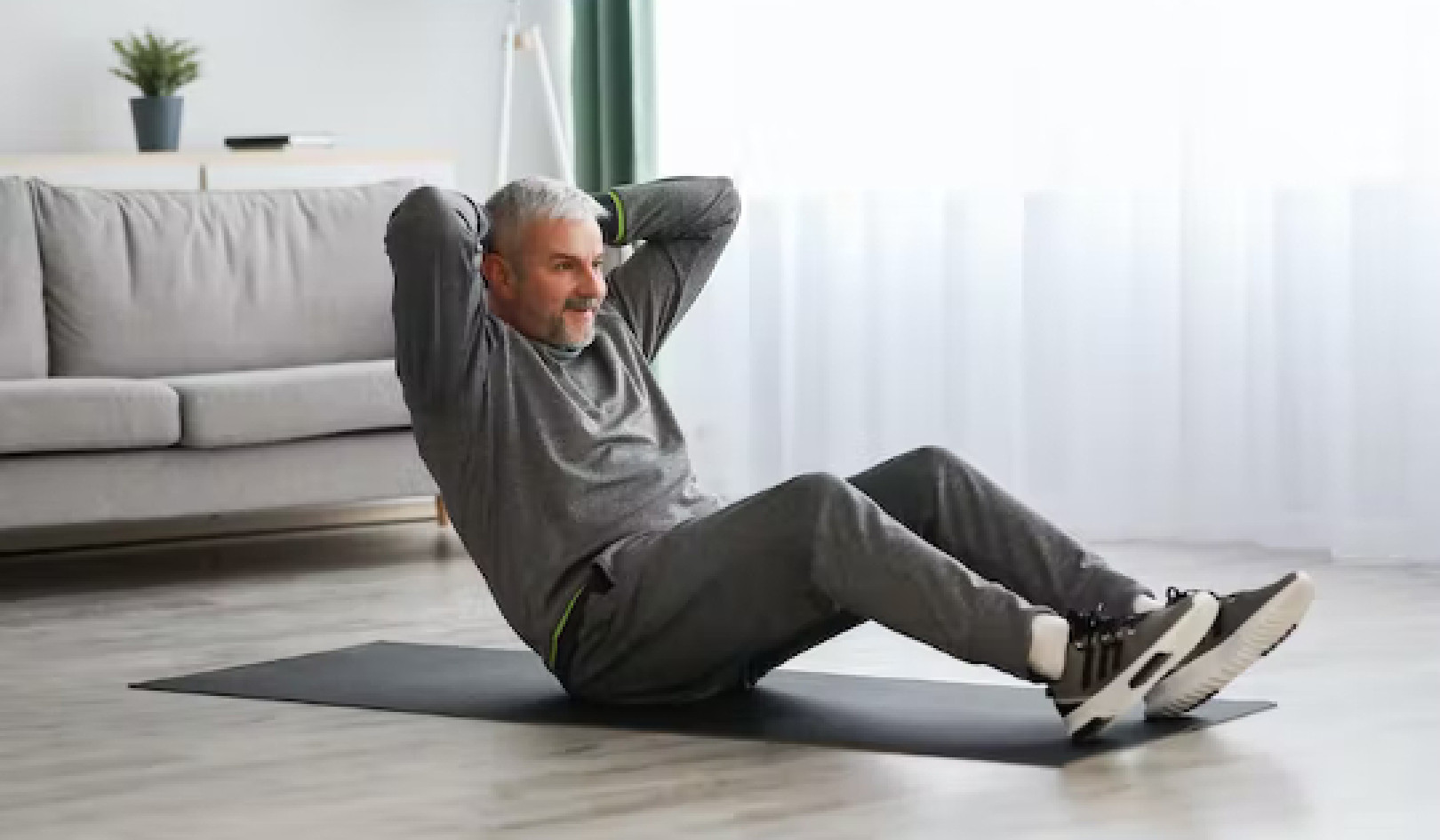Essential oils are extremely versatile to use. The best-known method involves combining one or more essential oils with a vegetable base or carrier oil to make a "massage oil." Aromatherapists use these for medicinal or therapeutic purposes and usually apply them with massage. However, a massage oil can also simply be applied to the body, as one would apply any body oil, lotion, or cream. Aestheticians use essential oil massage oils to improve skin tone. At home, essential oils can be used in both these ways, but all this is just the tip of the iceberg because essential oils can be used in literally dozens of ways.
Household Uses of Essential Oils
Because certain essential oils have antiseptic properties, they can be added to warm water and used as a kitchen or bathroom surface wipe. This simple procedure works well in most situations and housework is made that much easier by knowing you are not using man-made products that damage the environment. Plus, of course, essential oils smell wonderful... and that's not all. Use lavender to uplift the spirit — and heal cuts on your hands! Geranium, meanwhile, will ease the soul — while helping the circulation!
Essential oil air fresheners are easily made by adding them to a clean plant sprayer which is half-full of warm water. To make clothes smell fresh, put a couple of drops of your favorite essential oil onto a piece of fabric or tissue and place it in wardrobes or drawers. Lavender has the added advantage of deterring moths.
Essential Oils in the Workplace
Office workers also appreciate essential oils. In the morning, there is nothing to give you a zip like a shower using a drop of grapefruit essential oil on your wash-cloth. I feel wide awake just thinking about it! For a job interview, there is nothing to touch bergamot — which gives quiet, cool confidence, while for the efficient working of the brain, basil is the thing. It is not always possible to use a diffuser in the workplace, even if it is the portable variety which requires no flame or electricity to activate the aromatic volatile molecules within the essential oils.
However, this isn't a problem. You can take a small bottle of your chosen essential oil or mix of oils to work, and simply inhale deeply from it. Or just put some on a tissue before leaving for work and sniff from it when you feel the need. After lunch, a nice uplifting blend of lemon and rosemary will get you through the afternoon alert, efficient, and calm.
Outdoor Use and Bug Repellent Essential Oils
To keep bugs at bay, some people also put neat essential oil on their clothes — on socks and collars, for example, to keep mosquitoes away (they can't stand the smell of lavender). If you do get stung by a mosquito, ant, or bee, one smear of lavender oil will case the pain and ensure quick healing. The essential oil peppermint, for example, can be placed neat around doors to keep mice out. Travelers also appreciate the fact that certain oils seem to repel insects, and a few drops on strange beds can prevent bites from unwelcome creatures which may be living there. Even public sinks and toilet seats can be wiped with a tissue that's got a few drops of antibiotic essential oil on it — a simple procedure that offers considerable comfort of mind.
Bath Oils and Foot Baths Using Essential Oils
More commonly, essential oils are used in the bathtub — four to six neat drops on the surface of the water after it's been run. just swish the water and oil around and step in, lie back, and relax. They say that good things come in small packages and with essential oils that is certainly true! For tired feet, a few drops of essential oil in a foot bath seems nothing short of a miracle. Essential oils have been traditionally used by our grandparents in steam inhalations — eucalyptus in the case of colds being a common example. Just place the oil on the surface of a bowl of steaming water, cover the head with a towel, and inhale. And a few drops of any essential oil can similarly be put on a bowl of steaming water, and left on the floor by the bed overnight.
Essential oils are so versatile because they are highly concentrated. In many instances, all that's required is one drop. They can be purchased in small bottles, about the size of a lipstick and easily portable. Essential oils can literally be used anywhere. They can be diffused in the atmosphere, or applied directly to the skin in the form of massage oil, and used with water, in various ways, and in some cases, even used neat — i.e., undiluted. As we shall see, there are many variations on these basic themes and later in this section I provide a guide to the quantities of essential oil to use with each of the various methods of use.
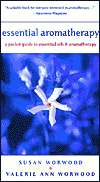
This article was excerpted with permission from the book:
Essential Aromatherapy, ©1995, 2003
by Valerie Ann Worwood.
Reprinted with permission of the publisher, New World Library. www.newworldlibrary.com
Info/Order this book.
 About the Authors
About the Authors
VALERIE ANN WORWOOD is aromatherapist to celebrities and royalty. Internationally acknowledged as one of the world's leading aromatherapists, she is the author of five books on the subject, including The Complete Book of Essential Oils a Aromatherapy. She lectures and conducts workshops around the world and has initiated research projects into the use of essential oils.
SUSAN WORWOOD is a professional clinical aromatherapist specializing in sports injuries and chronic pain conditions.




















